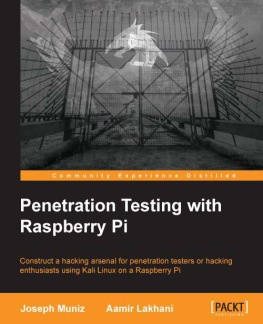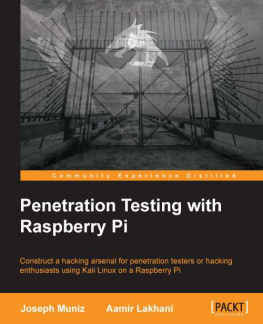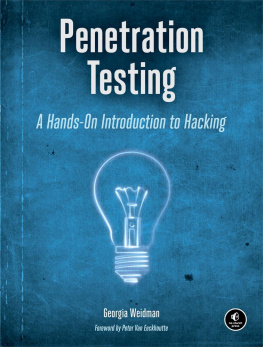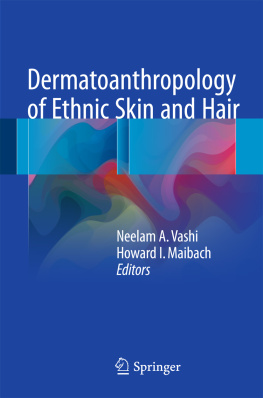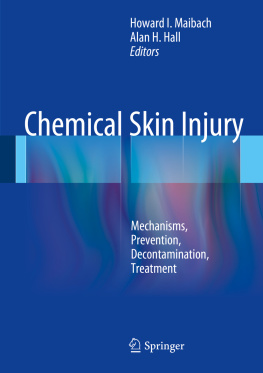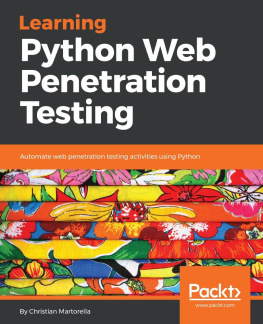1. Sonophoresis: Ultrasound-Mediated Transdermal Drug Delivery
1.1 Introduction
Transdermal drug delivery offers several advantages over traditional drug delivery systems such as oral delivery and injections (Prausnitz et al. ). In spite of its advantages, transdermal drug delivery suffers from the severe limitation that the permeability of the skin to all but a few small and hydrophobic molecules is very low. Therefore, it is difficult to deliver drugs across the skin at a therapeutically relevant rate. Only a handful of low-molecular-weight drugs are clinically administered by this route today. Overcoming skins barrier properties safely and reversibly is a fundamental problem that drives innovation in the field of transdermal delivery.
1.2 Ultrasound and Sonophoresis
Ultrasound is used in various medical therapies (Mitragotri ).
The first published report on sonophoresis dates back to 1950s. Fellinger and Schmidt (Fellinger and Schmidt ).
Studies demonstrated that ultrasound enhanced the percutaneous absorption of nicotinate esters by disordering the lipids in the stratum corneum (SC) (Benson et al. ).
Levy et al. ().
Bommannan et al. ().
1.3 Low-Frequency Sonophoresis
Low-frequency sonophoresis has been a topic of extensive research only in the last 20 years. Tachibana et al. (Tachibana and Tachibana ).
Low-frequency sonophoresis can be classified into two categories: simultaneous sonophoresis and pretreatment sonophoresis. Simultaneous sonophoresis corresponds to a simultaneous application of drug and ultrasound to the skin. This was the first mode in which low-frequency sonophoresis was shown to be effective. This method enhances transdermal transport in two ways: (i) enhanced diffusion through structural alterations of the skin and (ii) convection induced by ultrasound (Tang et al. ).
1.4 Low-Frequency Sonophoresis: Choice of Parameters
The enhancement induced by low-frequency sonophoresis is determined by four main ultrasound parameters, frequency, intensity, duty cycle, and application time. A detailed investigation of the dependence of permeability enhancement on frequency and intensity in the low-frequency regime (20 kHz < f <100 kHz) has been reported by Tezel et al. (). At each frequency, there exists an intensity below which no detectable enhancement is observed. This intensity is referred to as the threshold intensity. Once the intensity exceeds this threshold, the enhancement increases strongly with the intensity until another threshold intensity, referred to as the decoupling intensity, is reached. Beyond this intensity, the enhancement does not increase with further increase in intensity due to acoustic decoupling. The threshold intensity for porcine skin increased from about 0.11 W/cm2 at 19.6 kHz to more than 2 W/cm2 at 93.4 kHz. At a given intensity, the enhancement decreased with increasing ultrasound frequency.
The dependence of enhancement on intensity, duty cycle, and application time can be combined into a single parameter, total acoustic energy fluence delivered from the transducer, defined as E = It , where I is the ultrasound intensity (W/cm2) during each pulse and t is the total on time (seconds). As a general trend, no significant enhancement is observed until a threshold energy fluence dose is reached. The threshold energy fluence increases with increasing frequency. Specifically, the threshold energy fluence dose increased by about 130-fold as the frequency increased from 19.6 to 93.4 kHz. The dependence of enhancement on energy fluence after the threshold is different for different frequencies. For extremely high-energy doses (say 104 J/cm2), the enhancement induced by all the frequencies is comparable. However, for lower energy fluence doses, the differences between various different frequencies are significant and the choice of frequency may affect the effectiveness of sonophoresis.
In addition to frequency and energy fluence, sonophoretic enhancement also depends on additional parameters including the distance between the transducer and the skin (Terahara et al. ).
1.5 Mechanism of Low-Frequency Sonophoresis
Significant attention has been devoted to understand the mechanisms of low-frequency sonophoresis (Mitragotri et al. ). The maximum radius reached by free cavitating bubbles is related to the frequency and acoustic pressure amplitude. Under the conditions used for low-frequency sonophoresis ( f ~ 20100 kHz and pressure amplitudes ~12.4 bar), the maximum bubble radius is estimated to be between 10 and 100 m.
Two types of cavitation, stable or inertial, have been evaluated for their role in sonophoresis. Stable cavitation corresponds to periodic growth and oscillations of bubbles, while inertial cavitation corresponds to violent growth and collapse of cavitation bubbles (Suslick ). These data suggested a strong role played by inertial cavitation in low-frequency sonophoresis.
Inertial cavitation occurs in the bulk coupling medium as well as near the skin surface. Inertial cavitation at both locations may potentially be responsible of conductivity enhancement. Three mechanisms by which inertial cavitation events might enhance SC permeability were proposed (Tezel and Mitragotri ). These include bubbles that collapse symmetrically and emit a shock wave, which can disrupt the SC lipid bilayers, and those that collapse asymmetrically and give rise to acoustic microjets that impact the SC. Impact of microjets may also be responsible for SC lipid bilayer disruption. Microjets resulting from collapsing bubbles near the SC surface may also potentially penetrate into the SC and disrupt the structure.
Inertial cavitation in the vicinity of a surface is fundamentally different from that away from the surface. Specifically, collapse of spherical cavitation bubbles in the bulk solution is symmetric and results in the formation of a shock wave. This shock wave can potentially disrupt the structure of the lipid bilayers. However, the amplitude of the shock wave decreases rapidly with the distance. Cavitation bubbles migrate under the influence of ultrasound field toward the boundary and collapse near the boundary depending on its proximity to the surface (Naude and Ellis ).
Tezel et al. evaluated the effect of spherical collapses as well as microjets on skin permeability enhancement (Tezel and Mitragotri ). They concluded that both types of cavitation events may be responsible for sonophoresis and about 10 collapses/s/cm2 in the form of spherical collapses or microjets near the surface of the stratum corneum may explain experimentally observed conductivity enhancements.
1.6 Permeation Pathways of Low-Frequency Sonophoresis
Significant effort has been focused on understanding the mechanisms of low-frequency sonophoresis and permeation pathways through the skin. Cavitation-induced disruption of SC lipid bilayers due to bubble-induced shock waves or microjet impact may enhance skin permeability by at least two mechanisms. First, a moderate level of disruption decreases the structural order of lipid bilayers and increases solute diffusion coefficient (Mitragotri ).



